丹後ちりめん
Pronunciation: Tango-chirimen
Production area: Tango region, Kyoto Prefecture
Tango-chirimen is a silk fabric from the Tango region, distinguished by its fine crepe-like surface texture (shibo), which prevents wrinkling and gives it both suppleness and luster. This weaving technique, which fully brings out the tactile beauty of silk, was established in 1720 when a weaver named Kinoya Saheiji, after apprenticing in Nishijin, brought the secrets of crepe weaving back to Tango. Since Tango was already a silk production area, the Chirimen technique spread rapidly, and the region became a major center of production. With the introduction of power looms in the Taisho era, production expanded further, and new varieties were developed in response to changing times. Types of Tango-chirimen include Kawari-Muji, Hitokoshi, Kodai, Mon-Rinzu, Mon-Isho, Nuitori, Koma-Rinzu, Gomai-Shusu, Ro and Sha, and Kin-Toshi Chirimen, among others.
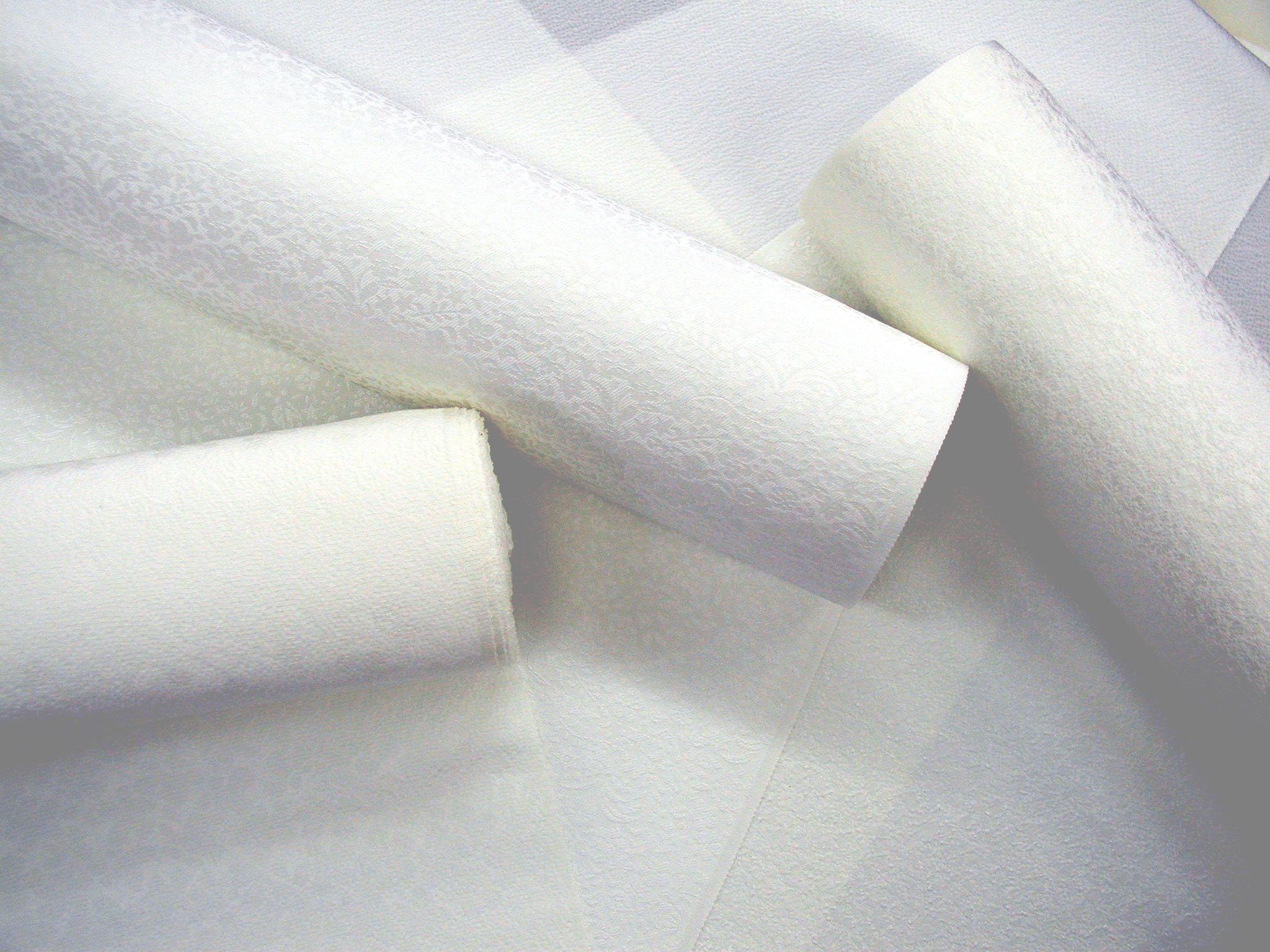
Types of Tango Chirimen
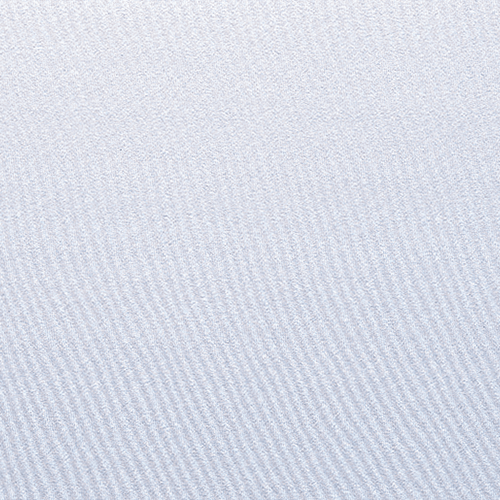
Kawari-muji Chirimen (Variation Plain Crepe)
Developed to overcome the weakness of ordinary crepe that easily shrinks or wrinkles. Special twisted yarns are used, making the fabric more stable and resistant to creasing.
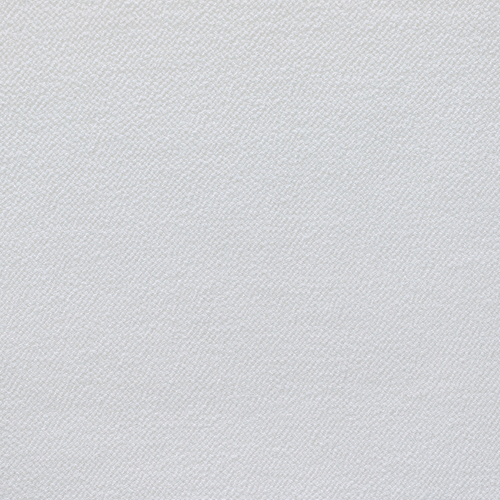
Hitokoshi Chirimen (Single-Twist Crepe)
A classic and long-established type of chirimen with elegant creases and a soft, supple texture.
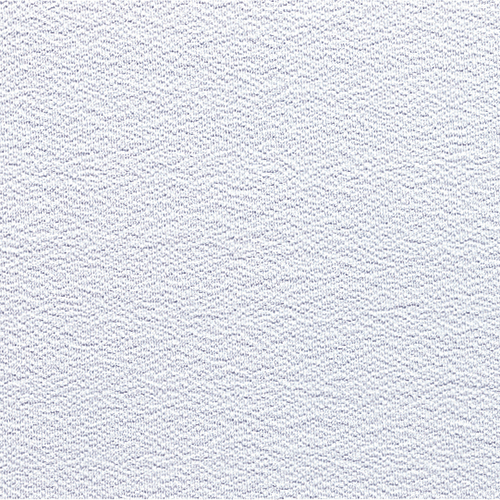
Kodai Chirimen (Ancient Crepe)
Produced by alternating two left-twisted and two right-twisted yarns. This results in higher creases than Hitokoshi Chirimen. Because of its pronounced texture, it is also called Oni-shibo Chirimen (“Devil Crepe”).
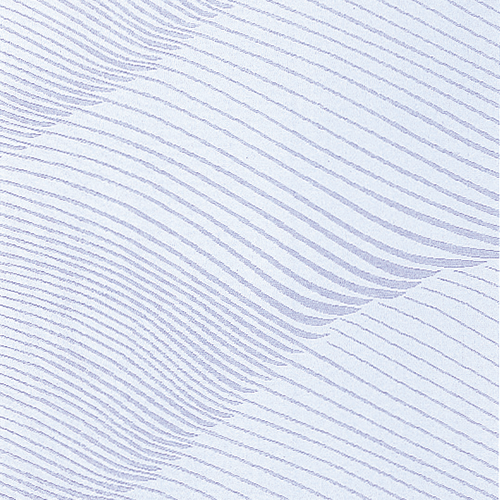
Mon-rinzu Chirimen (Patterned Satin Crepe)
A patterned fabric using both the front and back of satin weave. Heavier versions are used for formal kimono such as Tsukesage and Houmongi, while lighter ones are used for undergarments.
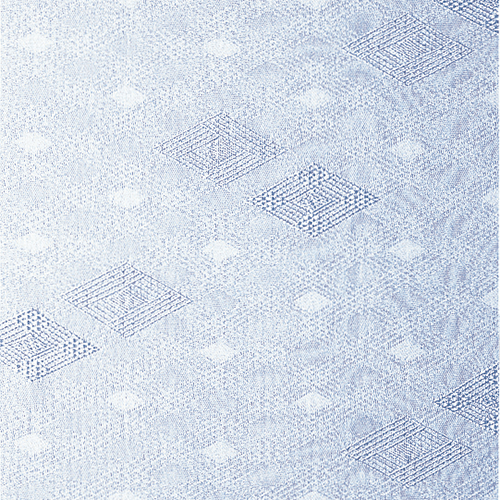
Mon-ishō Chirimen (Patterned Design Crepe)
Created with doubled weft threads to give depth and variation to the ground pattern. It produces a rich, three-dimensional effect and is widely used for plain-dyed or gradation-dyed kimono.
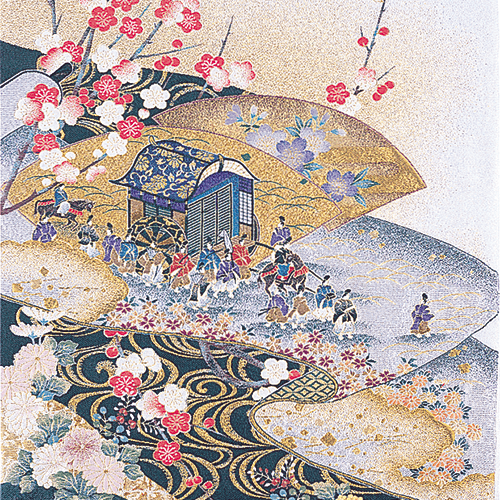
Nui-tori Chirimen (Embroidery Crepe)
A luxurious fabric woven with decorative threads such as gold, silver, lacquer-coated, or metallic yarns. It is often used for opulent garments like uchikake, furisode, and houmongi.
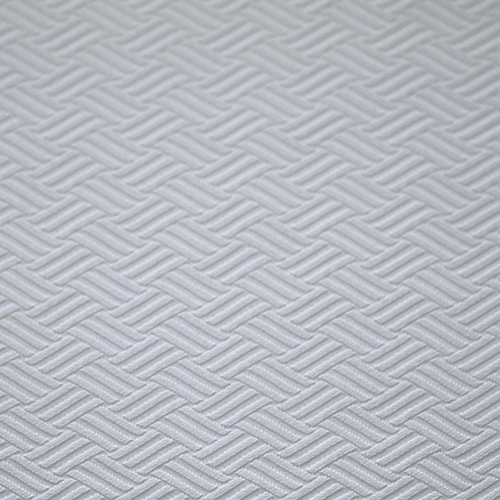
Koma-rinzu Chirimen (Koma Satin Crepe)
Recognized for its crisp texture and glossy surface. Favored as fabric for dyed kimono that highlight woven ground patterns.
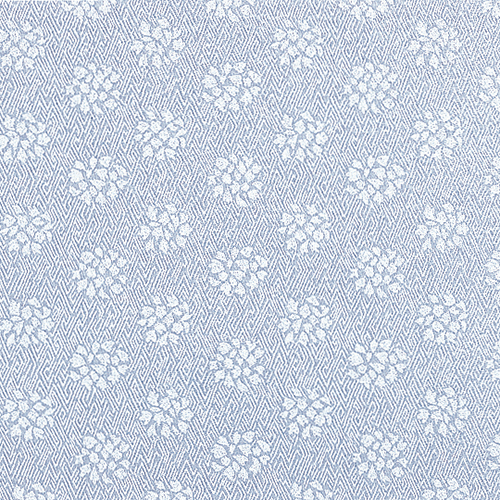
Gomai-shusu Chirimen (Five-Harness Satin Crepe)
A crepe with a beautiful sheen achieved through satin weave. It is often used for elegant kimono such as furisode and tsukesage.
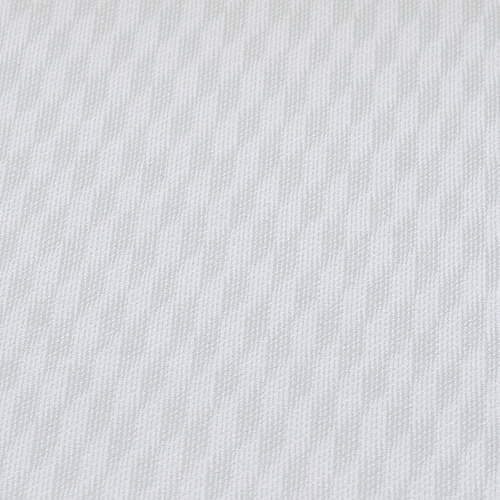
Shusu-ishō Chirimen (Satin-Design Crepe)
Combines the qualities of Mon-ishō and Gomai-shusu. It has a heavier hand and excellent dye absorption, making it ideal for richly colored kimono.
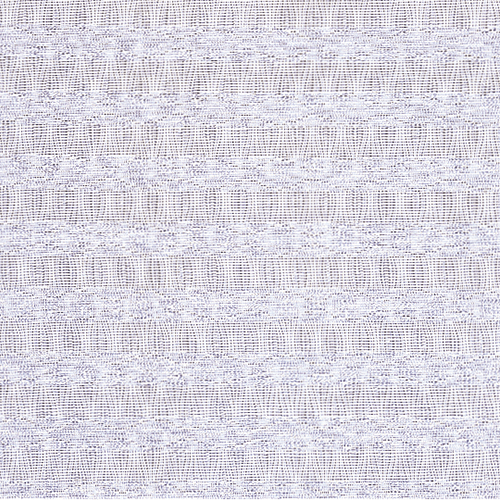
Ro and Sha Chirimen (Sheer Crepe Fabrics)
Transparent summer textiles woven entirely from raw silk. With excellent breathability, they are comfortable to wear in hot weather.
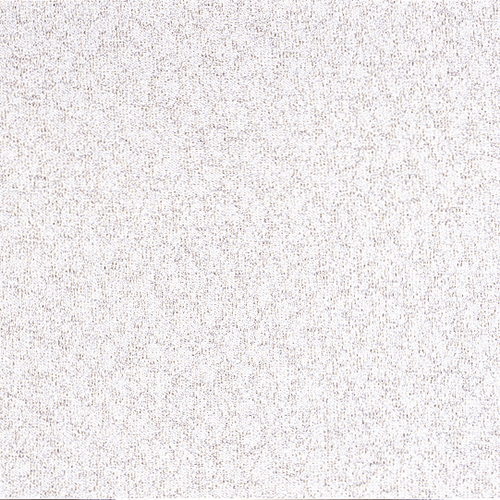
Kin-toshi Chirimen (Gold-Inlaid Crepe)
A fabric with gold threads woven into the chirimen ground. Since the gold does not absorb dye, it retains its shine, creating textiles with a distinctive elegance and decorative appeal.

All Tango Chirimen undergo strict inspection, and certified products bear an official brand mark guaranteeing their high quality.

Photo courtesy ofTango Textile Industry Association



















